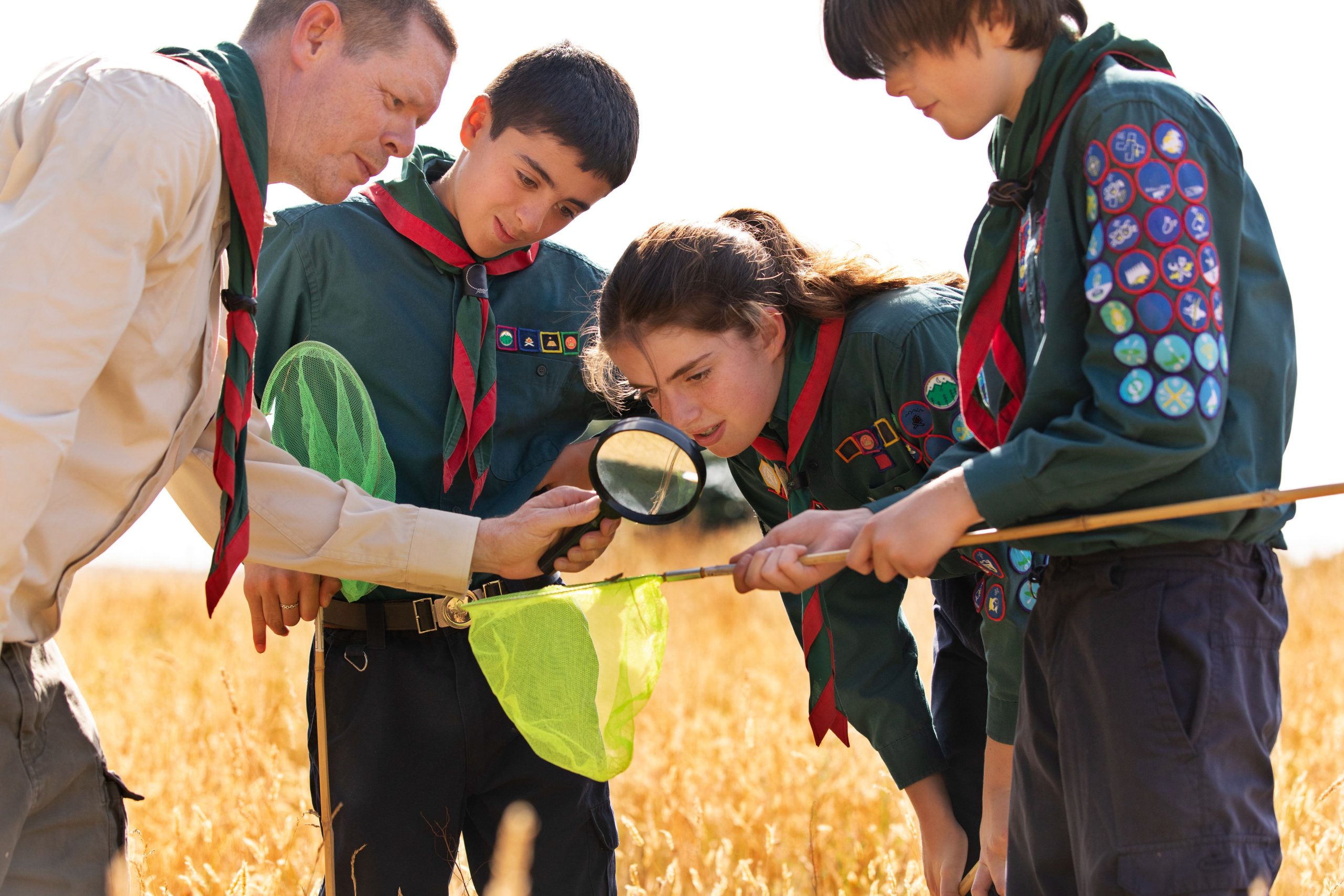
Safety Measures for Preschoolers’ Field Trips: Ensuring a Secure Environment
Field trips offer preschoolers an exciting chance to learn and explore subjects in real-world settings. However, ensuring safety is paramount to maximize the benefits of these experiences. Here, we discuss six essential safety measures for preschoolers’ field trips.
1. Ensuring Adequate Supervision
Adequate supervision is vital to preschoolers’ safety. Establishing an appropriate adult-to-preschooler ratio is essential, considering factors like age and the trip’s nature. Assigning specific roles, such as overseeing preschoolers and managing emergencies, ensures efficient coordination.
2. Thorough Planning
Thorough planning is key to a safe and successful field trip. Conducting research on the destination, identifying potential hazards, and establishing emergency procedures are crucial steps. A well-organized schedule with ample time for activities and breaks ensures a smooth experience.
3. Providing Appropriate Equipment and Clothing
Preschoolers should be equipped with suitable clothing and gear for the trip. This includes weather-appropriate attire, comfortable shoes, and essential items like water bottles and sunscreen. Collaboration with parents ensures preschoolers are adequately prepared.
4. Maintaining Constant Communication
Continuous communication is essential throughout the field trip. Establishing reliable communication channels among adults ensures swift response to any situation. Promptly conveying schedule changes or emergency procedures keeps everyone informed and prepared.
5. Implementing Emergency Procedures
Having clear and rehearsed emergency procedures is critical. Preschoolers should understand how to react to emergencies like fires or injuries. Conducting drills beforehand prepares them to respond calmly and effectively in such situations.
6. Establishing Behavioural Guidelines
Setting clear behavioural expectations promotes a safe environment. Rules regarding staying with the group, respecting surroundings, and following instructions are essential. Consistently enforcing these guidelines helps maintain order and safety.
Conclusion
By prioritizing safety measures like supervision, planning, communication, provision of equipment, emergency preparation, and behavioural guidelines, field trips become enriching experiences for preschoolers. Each measure contributes to a secure learning environment, ensuring both safety and enjoyment.
The Role of Chaperones in Preschoolers’ Field Trips
Chaperones play a crucial role in ensuring the safety and success of preschoolers’ field trips. They are responsible for supervising preschoolers, monitoring their behavior, and ensuring their safety throughout the experience.
Preparing Preschoolers for Field Trips
Preparing preschoolers for field trips is essential to ensure their safety and enjoyment. Educating them about the purpose of the trip, itinerary, and behavioral guidelines helps alleviate anxiety and fosters engagement. It also equips them with the knowledge to stay safe and make the most of the experience.
By prioritizing safety, planning, and communication, and involving all stakeholders, field trips can provide valuable learning opportunities while ensuring the well-being of preschoolers.


